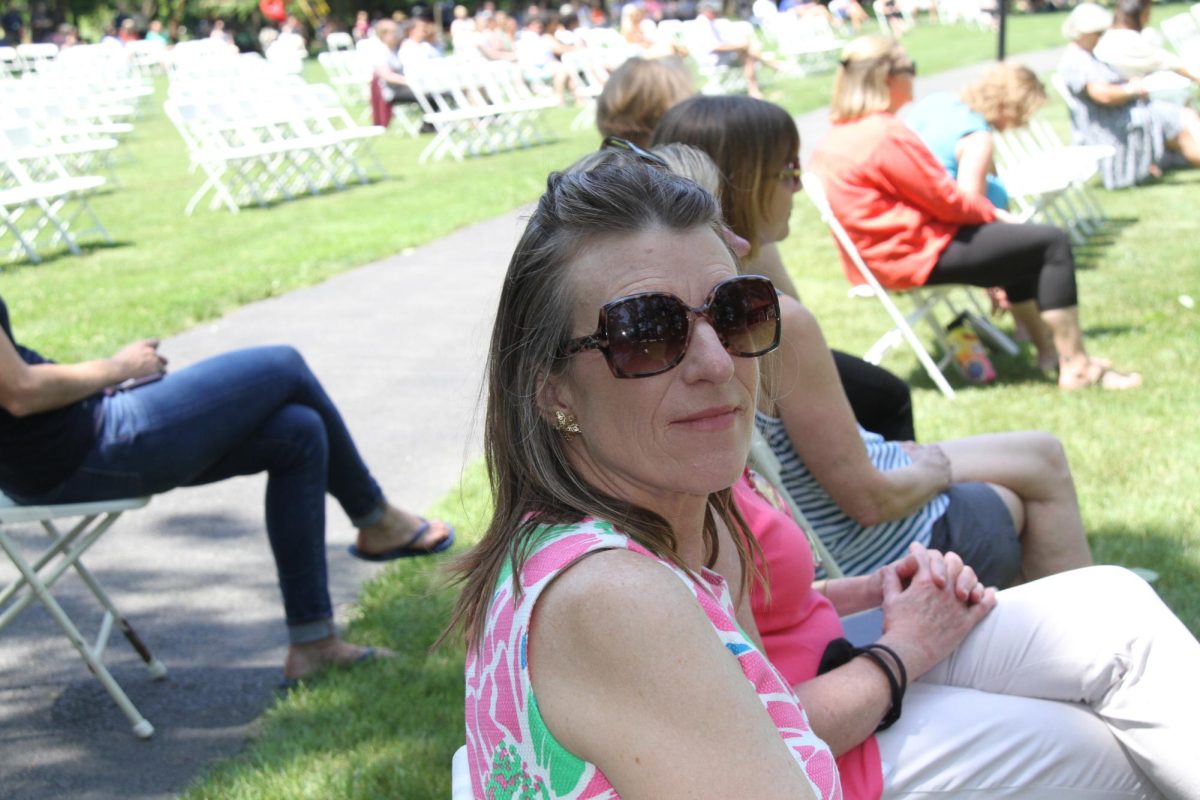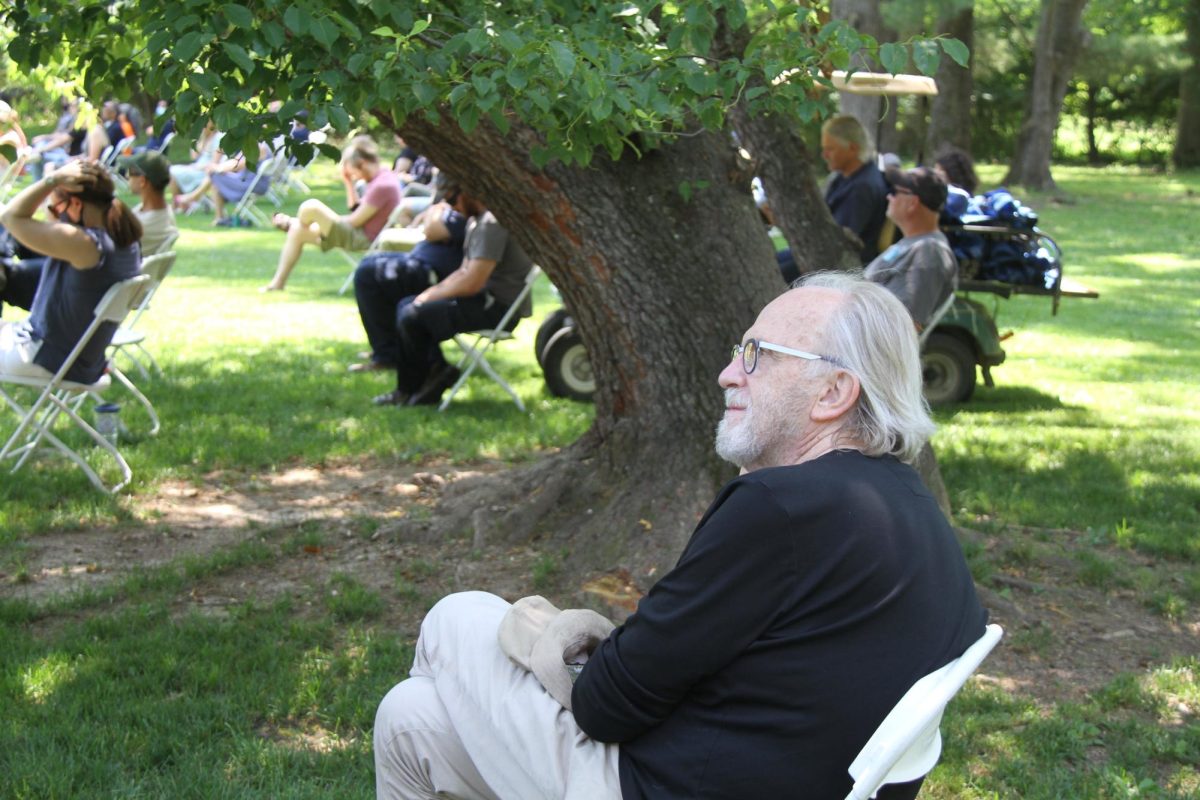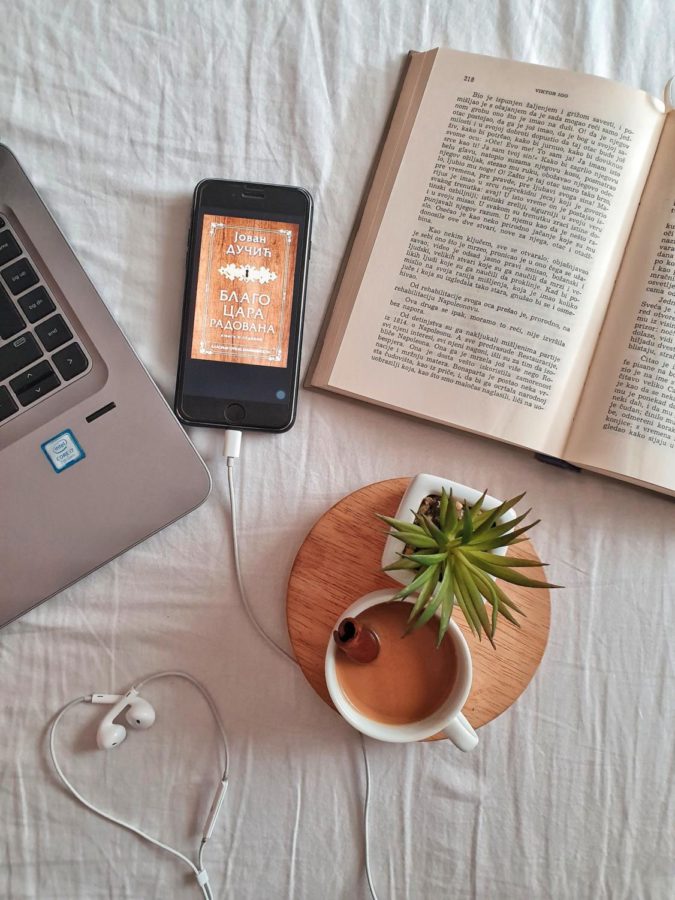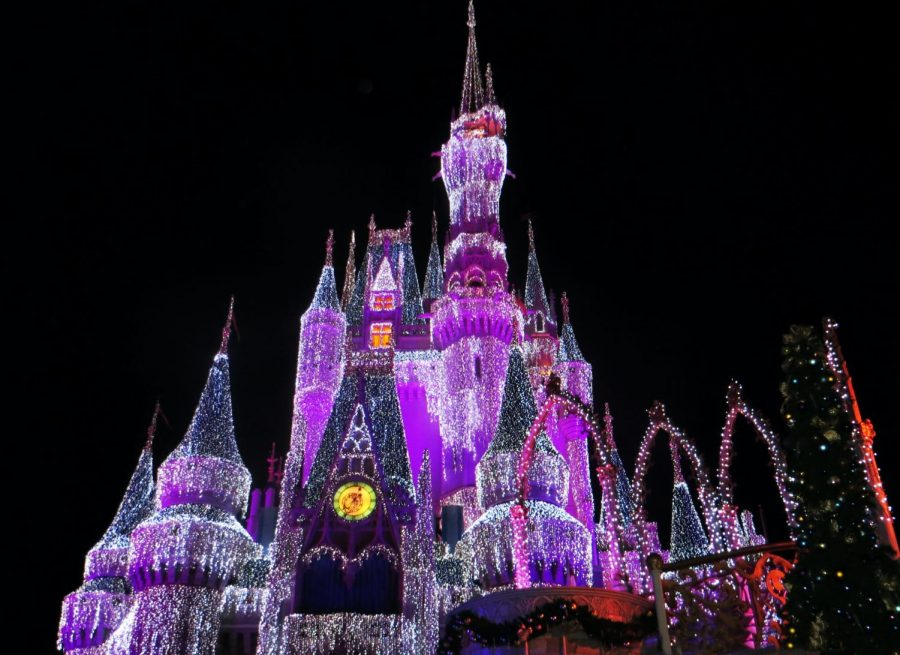Student reflects on Women’s March
February 27, 2017
Soon after President Donald Trump’s well-documented inauguration, I traveled to Washington, D.C. to take part in the Women’s March, as I felt it was a great opportunity to voice my opinions and be a part of world-changing history. My day began at my liberal great aunt’s house, which is just outside of the city. We were driven to the march by a man who lives across the street and checks on my great aunt and the other women in the neighborhood daily. He has a caring friendship with my great aunt in particular. This caretaker is a Vietnam veteran, and he voted for Trump this past election. He was fully aware why he was driving us to the metro – to go to the march – and yet he was amiable, openly discussing his opinions with us. Although we clearly disagreed on many topics, it was refreshing to see that people of drastically different political standings could still be together peacefully and be friends.
After arriving at the march, I realized how incredibly motivational and reassuring it was to be among so many women and men who share the same discomfort about the hate that has overwhelmed the White House and much of America. Before the speeches even began, the crowd voiced their readiness to protest. Various chants echoed through the crowd such as, “This is what democracy looks like! This is what a feminist looks like!” and “No hate. No fear. Immigrants are welcome here.” Signs criticizing President Trump’s impending policies were raised along to the rhythm of these chants.
The Women’s March on Washington, like other marches that took place in major cities, had a long and accomplished list of speakers. Being about a block away from the stage, I listened to these speakers voice their opinions and energize the crowd. Gloria Steinem and Michael Moore were among those who empowered the crowd and informed them of the actions necessary in the upcoming days. Janelle Monae performed and spoke with the mothers of some of the young African American men who had been shot by police. Ashley Judd expertly delivered a slam poem about Donald Trump, while Scarlett Johansson discussed the benefits of Planned Parenthood and how it has aided her personally. The audience was reminded that the march was a way to show togetherness and value the different perspectives of the people of this country. Rape survivors, transgender representatives, members of Muslim and Latinx communities, and residents of Flint, Michigan spoke as well, providing the audience with diverse perspectives from many different communities and backgrounds.
When the speeches concluded, a mass of pink hats and colorful signs collectively marched towards the White House. There was absolutely no way this loud sea of emphatic protesters could be ignored. Loud cries of, “Welcome to your first day, we will not go away!” echoed through the throngs of people. The congregation of pink hats not only crowded the Mall, but they also swarmed into the surrounding streets, some of which had cross-streets that were not closed off. As cars passed, a wall of men and women formed along the street before resuming their path towards the White House, occupying the area between each and every building. To be amongst that crowd provided a feeling of power and belonging– we, as a group, were making a strong statement to the new administration, and we were not going to be ignored.
Catie Higgins, a Princeton Day School senior who attended the march, described her experience as empowering. She stated that she does not “stand for racism, homophobia, Islamophobia, sexism … I refuse to grow up with our generation thinking that these things are okay. I refuse to allow our greatest role model, the President of the United States, to teach that these things are okay.”
Everybody I spoke to willingly shared their opinions and reasons for marching. There was a sense of true caring — if someone sat down while in the middle of a stagnant crowd, several people would offer food, water or other help in some way. Not only did this foster a feeling of safety and togetherness, but it also created immediate friendships and comfortable camaraderie between marchers.
Gabe Durst, a marcher from Chicago, described this unified feeling in the crowd.
“I experienced kindness, love and passion. Coming together for a common cause was breathtakingly empowering for not only myself, but for the hundreds of thousands who marched around the world.”
However, the Women’s March has also faced lots of criticism. Many are saying that it was too focused on women’s rights and Trump’s comment about grabbing women by their genitalia. I have heard criticism that the focus on genitalia made it feel as though genitalia was necessary to affirm gender. This was one of the reasons why the transgender community did not feel as if their perspective was fully represented during the march.
Some are also saying that American women already have much better representation and rights than women under other governments. It may have appeared that the march was solely focused on women’s rights in America, but in actuality, nearly every speaker discussed the dangers of xenophobia, Islamophobia, homophobia, and transphobia, emphasizing the importance of tolerance and taking action against the multitude of problems present in countries all over the world. Many speakers also discussed the environment and achieving clean water for all. Thus, I think that those criticisms are not only based on incorrect assumptions, but they also narrowly confine the definition of women’s rights and exclude the reality that the march represented the rights of both women in America and those located globally, as the highlighted issues are applicable to everyone.
I marched because as a woman and a member of the LGBTQ+ community, I feel it is my fundamental right to decide what I want to do with my body, who I want to marry, and how I want to be treated because of my gender and sexual orientation. Not only did I march for women’s rights and the rights of the LGBTQ+ community, but I also marched for policies regarding immigration, climate change, contraceptive rights, healthcare, gun control, and racial tolerance. I believe many others in the crowd felt the same way, as numerous marchers held signs demanding that changes be made, asking the government to consider and represent the feelings of the people.
Whether you agree or disagree with Trump’s policies and views, there is no denying that the Women’s March on Washington had a huge impact. It has set the scene for the future marches and protests that will occur, and it is the culmination of those that have already occurred since Trump’s inauguration.





